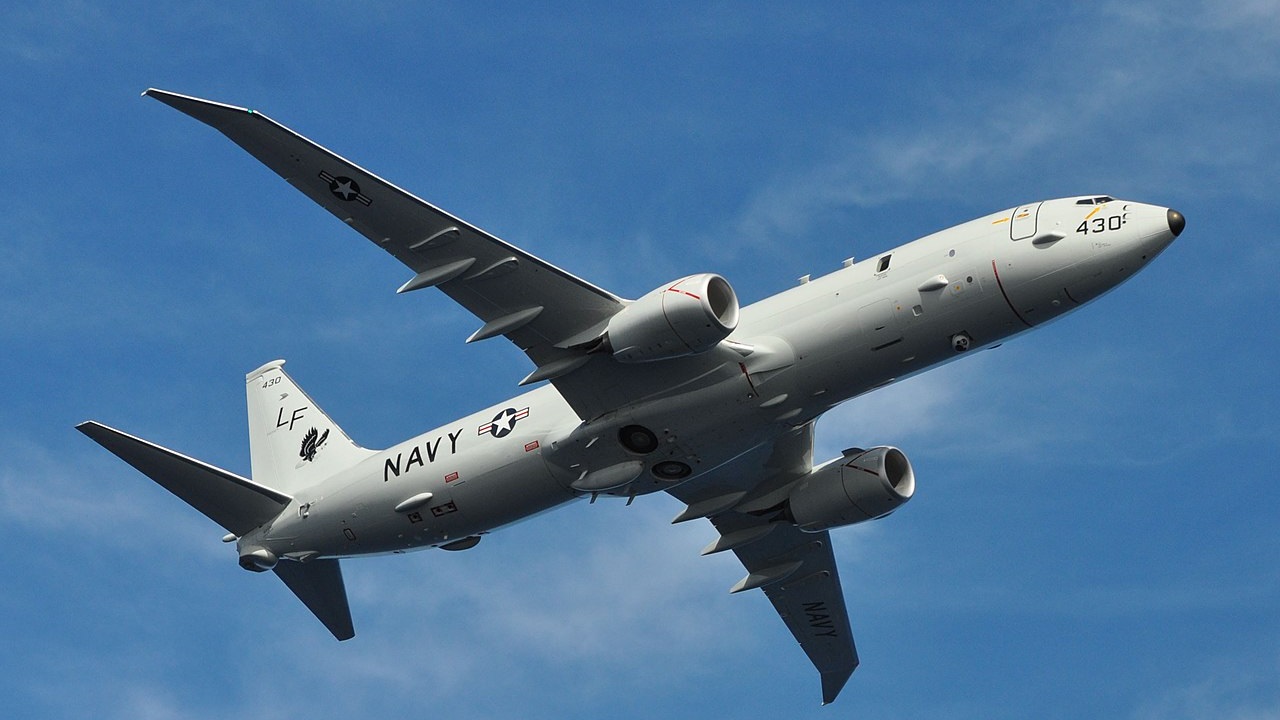Aircraft are a critical component of modern naval forces. They have the ability to greatly extend surface ship detection areas while providing offensive and defensive capability for war at sea and power projection ashore. They are part of a complex strategic system designed to work together for maximum impact.
There are various aircraft the Navy employs to perform combat functions such as a C-130 cargo aircraft, the F/A-18 multi-role fighter and the F-35B/C Joint Strike Fighter. In today’s unstable global environment, the importance of multi-role, data-integrated weapons systems such as the P-8A Poseidon, has only increased.
Like other naval aircraft, the Poseidon is capable of performing several different missions, including surveillance, intelligence, and reconnaissance, as well as search and rescue. What makes it unique is its ability to conduct both anti-submarine and anti-surface warfare missions. It’s the only active U.S. naval aircraft able to detect, track, and eliminate adversarial submarines.
The current military threat environment is perhaps the most challenging environment we have experienced in the past 50 years. Recent national media coverage has detailed very serious threats to world peace.
These reports have detailed the alarming expansion of the PRC Navy and North Korea’s testing of nuclear weapons. This information has set U.S. and Allied navies on high alert and has resulted in improved defensive agreements and treaties. Weeks ago, a Newsweek article revealed that the Russian Navy has produced “nuclear-capable ‘super torpedoes,’” to be used on the Belgorod nuclear submarine.
The U.S. and our Allies must be ready to respond to such global threats. A significant aspect of preparing for conflict is securing military equipment essential for the mission. Degradation of shipbuilding capabilities in the U.S. means the lead time for new surface and subsurface combatants is measured in decades rather than years. Fortunately, we have a weapons system in current production, the P-8A Poseidon, that can be ready today to defend against tomorrow’s threats.
As an Engineering Test Pilot for the U.S. Navy, I flew the P-3 Orion, the turboprop predecessor to the P-8A, during some dedicated evaluation flights. Subsequently, while planning North Atlantic operational missions for my Carrier Air-Wing, I learned how important integrating the P-3 and AGM-84 Harpoon missile with the Carrier Strike Group could be. After leaving active duty, I worked as an engineering test pilot for commercial aircraft, including the 737, 777 and 787. My flight test experience provided me an appreciation for FAA Part 25 Certification requirements when applied to an aircraft weapons system.
During my postgraduate studies in Aeronautical Engineering, I learned that systems designed in terms of separation and redundancy are keys to combat survivability. My work in the defense industry proved that those factors are also keys to reliability. An airplane designed to fly 12 hours a day, 365 days a year with 99.7% dispatch reliability means it is a robust design.
The P-8A Poseidon is the militarized version of the 737NG and shares 86 percent commonality with its commercial counterpart. That makes the Poseidon a formidable opponent given the proven airframe, advanced on-board technology, and readily-available parts and labor. The 737 Type aircraft is also supported by a large, global, established supply chain that provides for quick repair and speedy return to operations
The Navy assessed that 138 P-8A Poseidon aircraft would be needed in the fleet to meet operational demands and pace the threat posed by our adversaries. This “full warfighting requirement” was validated in 2018. However, only 128 aircraft have been procured to date and no additional aircraft have been requested by the Navy since Fiscal Year 2020. Congress has intervened in the past to ensure that “active and reserve squadrons” would be fully equipped as the last P-3 aircraft retired. Given the unique function and capability of the Poseidon, it’s important that Congress fully fund the program and give the Navy the ability to acquire the remaining 10 P-8s necessary to meet its warfighting requirement.
Current military threats are significant and wide-ranging. For our aircraft carriers, submarine fleets, and other maritime programs, the P-8 serves defensively as their eyes and ears while offensively providing precision weapons delivery. The Poseidon weapons system includes an impressive array of extremely accurate standoff weapons, including the AGM-84 Harpoon, SLAM ER, and HAAWC. The 10 P-8A aircraft represent a fraction of the total defense budget. The increased warfighting capability those airplanes represent is beyond measure in terms of being able to combat the current threats.
Ray Craig is a graduate of the U.S. Naval Academy, the U.S. Naval Postgraduate School, the U.S Naval Test Pilot School, and holds a BS and Masters in Aeronautical Engineering. After his active duty naval service, Ray continued his career as a military and commercial test pilot for Boeing for over 27-years.

